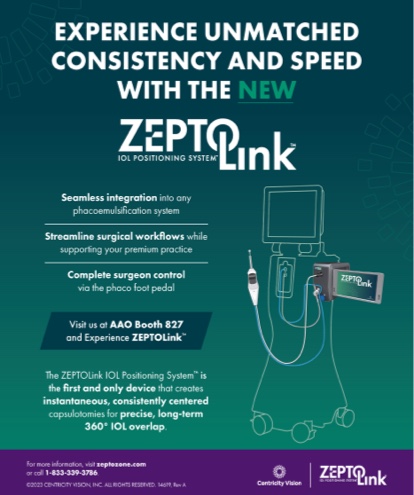Perhaps it is a stretch for me to discuss a business topic, but business is on my mind these days. I was at a user's group meeting for a premium IOL last month, and everyone was very positive until the company asked what we thought of its raising the price of the lens by about 10. Amazingly, only one other doctor and I thought it was a good idea. Here is a procedure that we control, and yet we are afraid to increase our prices. We debate where we are heading with our fees but rarely remember how far we have gone. Are we victims of a so-called Stockholm Syndrome, whereby prisoners begin to identify with, support, and even defend their tormentors?
When I was a fellow, the fee for cataract surgery was $3,600. Now, it is $600 and on its way to $450. Adjusted for inflation, that $3,600 would be $9,360 today, without accounting for the huge advances in technology, safety, and efficacy. Ophthalmic procedures change lives at bargain prices, yet what other service industry lowers its fees each year? Sight is the most important sense we have and one that we use every waking moment; and now ophthalmologists can perfect vision. In a conversation I had with J. Andy Corley (Chairman and CEO of Eyeonics Inc., in Aliso Viejo, CA) in August 2007, he asked, "If you had a progressive visual disorder that reduced your quality of life and could ultimately blind you, what would you exchange to have it corrected?" Any readers worried about the budget deficit should consider that physicians take home less than 10 of the total cost of healthcare in the US.1
Surgeons and ophthalmic companies are healthily codependent, so I want the latter to be profitable. We rely on technology, and some of these companies spend 10 or more on research and development, an enormous investment in our future. We reinvest our profits efficiency. I have therefore always supported procedural fees. They pay for the innovations we need.
The recent movements in mergers and acquisitions by ophthalmic companies indicate a positive outlook on our industry. As long as these manufacturers continue to invest in research and development and bring us new technology, I will gladly pay procedural fees and put up with increased prices. Moreover, as long as I can offer better and better outcomes, I will raise my own prices. What a concept!


